Photo credits: The Everett Collection
Charles Hamilton Houston, the first general counsel of the NAACP, demonstrated the emptiness of the “separate but equal” theory and laid the ground for the Supreme Court decision to abolish race-based school segregation.
Houston gained his “the Man Who Ended Jim Crow” nickname because to the legal brilliance utilized to undermine the “separate but equal” premise and support other civil rights causes. Charles H. Houston was retroactively bestowed the Spingarn Medal on September 27, 1950, for his valuable guidance and support in building the organization’s legal operation. Houston’s experience as a First Lieutenant in the racially segregated U.S. Army during World War I in France inspired him to attend law school and devote his life to “fighting for soldiers who could not strike back.”
Houston returned to the United States in 1919 and enrolled at Harvard Law School, becoming the first Black student to be elected to the Harvard Law Review’s editorial board. After receiving a Juris Doctor from Harvard in 1923 and studying at the University of Madrid in 1924, Houston was admitted to the District of Columbia bar and began practicing law with his father.
Later, as dean of the law school at Howard University, Houston extended the part-time program into a full-time curriculum. He also taught a generation of young African-American attorneys, including Thurgood Marshall, who would go on to become a Supreme Court judge of the United States.
Houston departed Howard University to become the first attorney general. In the two decades before the historic Brown v. Board of Education verdict in 1954, he played a crucial role in practically every Supreme Court civil rights case. Houston fought fiercely against Jim Crow laws that prohibited African Americans from sitting on juries and gaining access to homes.
In the struggle against school segregation, Houston came up with the argument that would make him famous. His clever legal tactic aimed to eliminate school segregation by exposing the fallacy of “separate but equal” facilities for African-Americans.
In a 1938 Supreme Court decision involving the admission of a Black man to the University of Missouri, Houston claimed that it was unlawful for the state to deny admittance to Blacks since there was no “separate but equal” facilities. At the time, Southern governments spent less than half as much on education for black children as they did for white pupils. The goal of Houston was to make it prohibitively costly for facilities to stay independent.
In 1954, the Supreme Court ruled in Brown v. Board of Education that segregation was unconstitutional. Sadly, Houston did not survive to witness this. In 1950, he died of a heart attack.
In 1950, the NAACP gave Houston the Spingarn Medal posthumously, and in 1958, the main building of the Howard University School of Law was named Charles Hamilton Houston Hall. In 2005, Harvard Law School established the Charles Hamilton Houston Institute for Race and Justice in his honor.





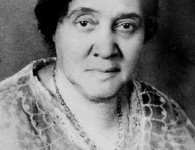



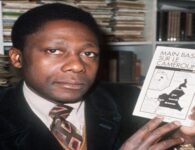
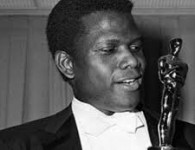
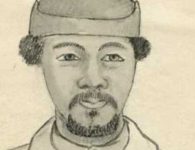





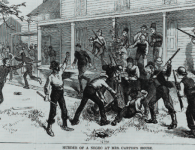
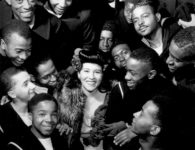


No comments